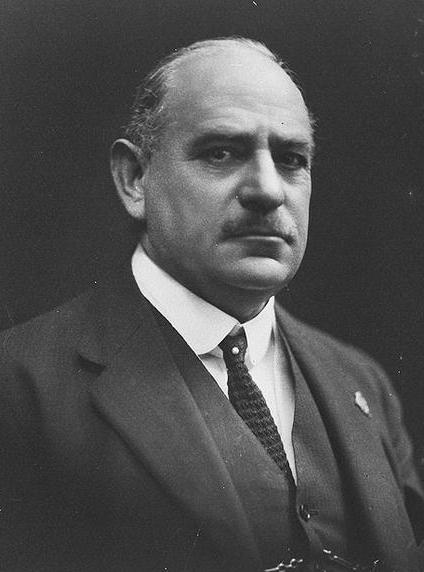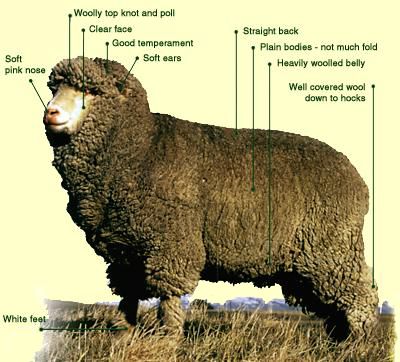Update 20 November 2017: Officially sponsored 2017 view of the conscription battles of 1916-17
The Department of Veterans’ Affairs-Fairfax ‘contributed content’ partnership has produced a sober and balanced short article on the conscription plebiscites of 1916-17. Can it last?
Update 15 November 2017: Four late offerings for Remembrance Day: what should we remember really?
Four items. From 2017: a speech in Sydney and a pew sheet in Darwin. From a century ago: a Kng’s or Dead Man’s Penny and a family’s reaction to receiving one.
Update 13 November 2017: Winging it with Dr Chau: Clive Hamilton’s suppressed book has more about the War Memorial’s Fellow
Update 11 November 2017: Beyond the poppies row on row: Remembrance Day is a good day to think
A small bunch of critical poppies from Douglas Newton, Mark Dapin and others.
Update 10 November 2017: Down the Remembrance Trail to Villers-Bretonneux with the (fairly self-effacing – so far) DVA publicity machine
A comment on a long-running exercise getting under way to supply regional Fairfax papers with content about Australian battles in the Great War and their commemoration. The expensive and boastful Monash centre at Villers-Bretonneux will be front and centre.
Update 8 November 2017: Beersheba, occupation and the mind of God: a reflection on the centenary of the Beersheba charge
David Faber writes about the Beersheba centenary and the work of Kelvin Crombie (Gallipoli – The Road to Jerusalem), who has tried to put the Gallipoli campaign into a Christian context.
Update 3 November 2017: Specially Forced? Odd outburst from Director of Australian War Memorial
Director Nelson complains of the time being taken to investigate allegations against Australian Special Forces soldiers in Afghanistan – and also puts in a plug for the Special Forces exhibition at the Memorial.
Update 31 October 2017: Beersheba and the scramble for the Ottoman Empire – and more on the Beersheba centenary boast
Douglas Newton writes in Pearls and Irritations about more important aspects of the Beersheba centenary than the opportunities it provides for nostalgic cantering and political speeches. There’s a view from across the Tasman also.
Update 25 October 2017: Monash busted; in other ministerial news; comebacks
Monash busted
Minister Tehan recently announced that a bust of Sir John Monash had been donated and was on its way to France to sit in the new Monash interpretive centre at Villers-Bretonneux. There is a new portal publicising the Monash centre, with pictures, history and arrangements for booking for the opening ceremony, scheduled for April 2018.
 Monash in the 1920s (Wikipedia)
Monash in the 1920s (Wikipedia)
In keeping with the standard modern criterion for commemorative ventures – achieving an emotional connection with the visitor – the portal blurb commences thus: ‘Sometimes harrowing, often moving – the Sir John Monash Centre tells Australia’s story …’ But what will the centre say about those much more important questions, ‘why?’ and ‘was it worth it?’ Plus, will it say anything about people other than Australians? We’ll have a browse of the portal and get back to you on those questions.
We may expect much publicity for the Monash centre as we approach its planned opening date. This got under way last month when two Australian-based journalists were flown to France for a look at the Remembrance Trail and the Monash work-in-progress. There were a few Paris-based media people present also. Honest History asked the Department of Veterans’ Affairs for details of this exercise (including how much it cost) and received (24 October) the following answer from a DVA spokesperson:
Department of Veterans’ Affairs (DVA) has a partnership with Atout France, who is the official French Government travel bureau, to promote the Sir John Monash Centre and Australian Remembrance Trail in Australia. Your question should be directed to them.
Watch this space.
Honest History has followed the history of the Monash centre closely since the beginning and our analysis can be found here and the many links therefrom. Among other interesting points:
- 90 per cent of the $A100m cost of the project is coming out of the Defence budget (from a vote normally put towards constructing sheds and warehouses – though you’d think at a time of heightened defence preparedness the ADF could have used the money elsewhere);
- the Minister at the time and his senior commemoration bureaucrat differed over where most of the cost was going – the Minister thought it was for digging a big hole, the official thought it was for whizzbang technology;
- hints at resentment from the locals of Picardy at Aussie bumptiousness, though some of this feeling was assuaged by a donation of Australian money to refurbish the small and venerable local museum;
- the memorable string of adjectives – we counted ten of them – used by DVA officials to describe the whizzo-ness of the centre’s technology in the Public Works Committee hearing; and
- the then Minister announcing the awarding of the contract two days before Christmas 2015, at a time when even dedicated commemoration buffs would have been distracted.
In other ministerial news
Minister Tehan’s portfolios do more than facilitate journalists’ travel. Wearing his various hats, the Minister made three announcements on veterans’ health, one on female veterans, and two on the Invictus Games. He spoke to RSL and Legacy conferences – but, as is his wont, did not release a transcript – and mentioned commemorative exercises for El Alamein, Polygon Wood, and the Menin Gate Lions. Next week, Beersheba. Charge!
Comebacks
A ‘comeback’ is either an inbred sheep or a revisiting of a previously-raised issue. We wondered whether the fact that the guidelines for the new Armistice Centenary Grants Program (ACGP) were much longer than those for the former Anzac Centenary Local Grants Program (ACLGP) meant that there had been some problem with the administration of the ACLGP, such that more small print needed to be put in place.
The Department of Veterans’ Affairs (after due consideration and a few reminder emails and a phone call) has advised us through its spokesperson that ‘[t]he guidelines for the Armistice Centenary Grants Program were developed using the template provided by the Department of Finance in accordance with the Streamlining Government Grants Administration Program’. So there you have it; we have no evidence that any other factors were behind the change.
 A Polwarth, an ‘inbred Comeback’ (Cavrep)
A Polwarth, an ‘inbred Comeback’ (Cavrep)
In another comeback, the Australian War Memorial, again after considerable delay, has given us a reasonably useful answer to a question we put to it about how to revise our website’s links to Memorial material, given that the Memorial’s site has been rejigged. We will work on updating the links but if any users have difficulty in the meantime tracking down an item please let us know and we will try to help (admin@honesthistory.net.au).
A comeback could also refer to a reappointment. Whether Dr Brendan Nelson is to have a further term as Director of the Australian War Memorial should be known some time before his current five-year term expires on 16 December. We have asked DVA to keep us informed on the matter though we are happy to admit we may not be the first to know. A DVA spokesperson said on Monday that ‘[a]n announcement will be made in due course’. We wish Director Nelson well, regardless.
Centenary Watch archive


Leave a Reply
You must be logged in to post a comment.